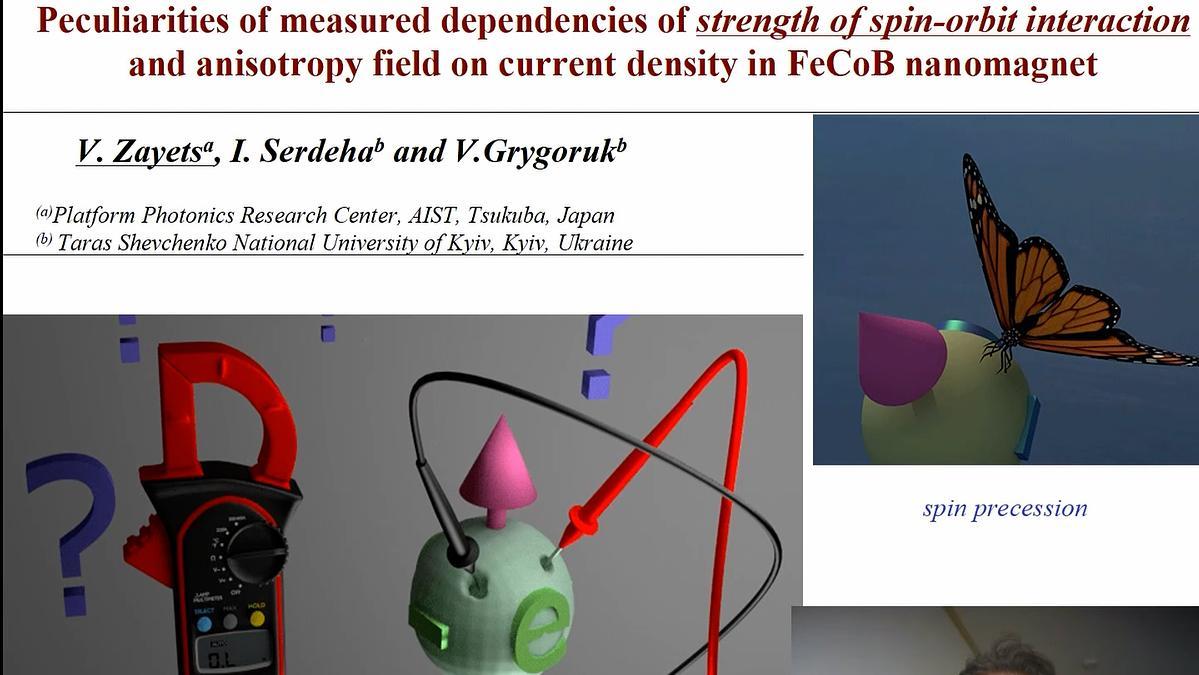
Premium content
Access to this content requires a subscription. You must be a premium user to view this content.

technical paper
Peculiarities of measured dependencies of strength of spin orbit interaction and anisotropy field on current density in FeCoB nanomagnet
Spin accumulation, which is created by an electrical current flowing in a nanomagnet, affects the strength of spin-orbit interaction (SO) and anisotropy field Hani in a nanomagnet. The reduction of Hani and SO by the current may cause a magnetization reversal. As a result, the data, which is encoded into the current, is memorized by means of two equilibrium magnetization directions of the nanomagnet. Recently, we have developed a high-precision measurement method of Hani and coefficient of spin-orbit interaction kso 1. kso is a numerical parameter characterizing the SO strength.
Figure 1 shows kso vs. Hani measured in FeCoB nanomagnets.The SO strength is larger in nanomagnet, which contains several ferromagnetic layers (shown by stars) in comparison with nanomagnets containing only one ferromagnetic layer(shown by triangles). It means that the SO strength depends on the number of interfaces. The SO strength increases with an increase of the number of FeB layers up to 5 FeB layers. Further increase of the number of FeB layers causes a decrease of kso due to accumulated interface roughness.
Figure 2 compares current dependency of Hani for a single and multilayer nanomagnet. In the multilayer nanomagnet with a strong SO, the reduction of Hani is large of about 25 % and is nearly independent of current polarity. In contrast, in the single- layer nanomagnet with a weak SO, Hani changes almost linearly with the current only with a small symmetrical contribution due to heating, but the change is small of about 6%. Even such a small change of Hani is sufficient for magnetization reversal, when the conditions for the parametric resonance are met 2,3.
References 1 https://www.youtube.com/watch?v=LmvYN5hG-90
2 V. Zayets, arXiv:2104.13008 (2021).
3 V. Zayets, IOA-07, MMM (2021)


